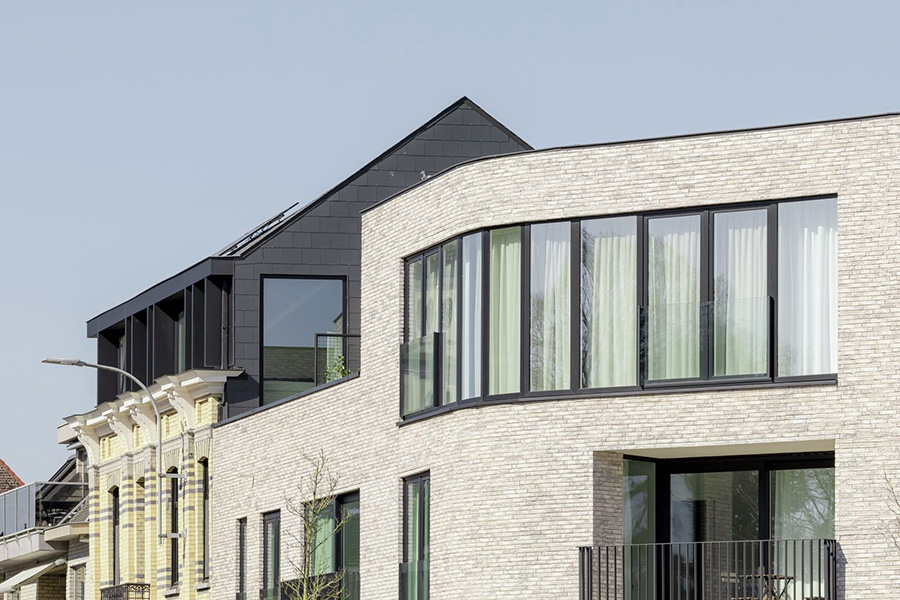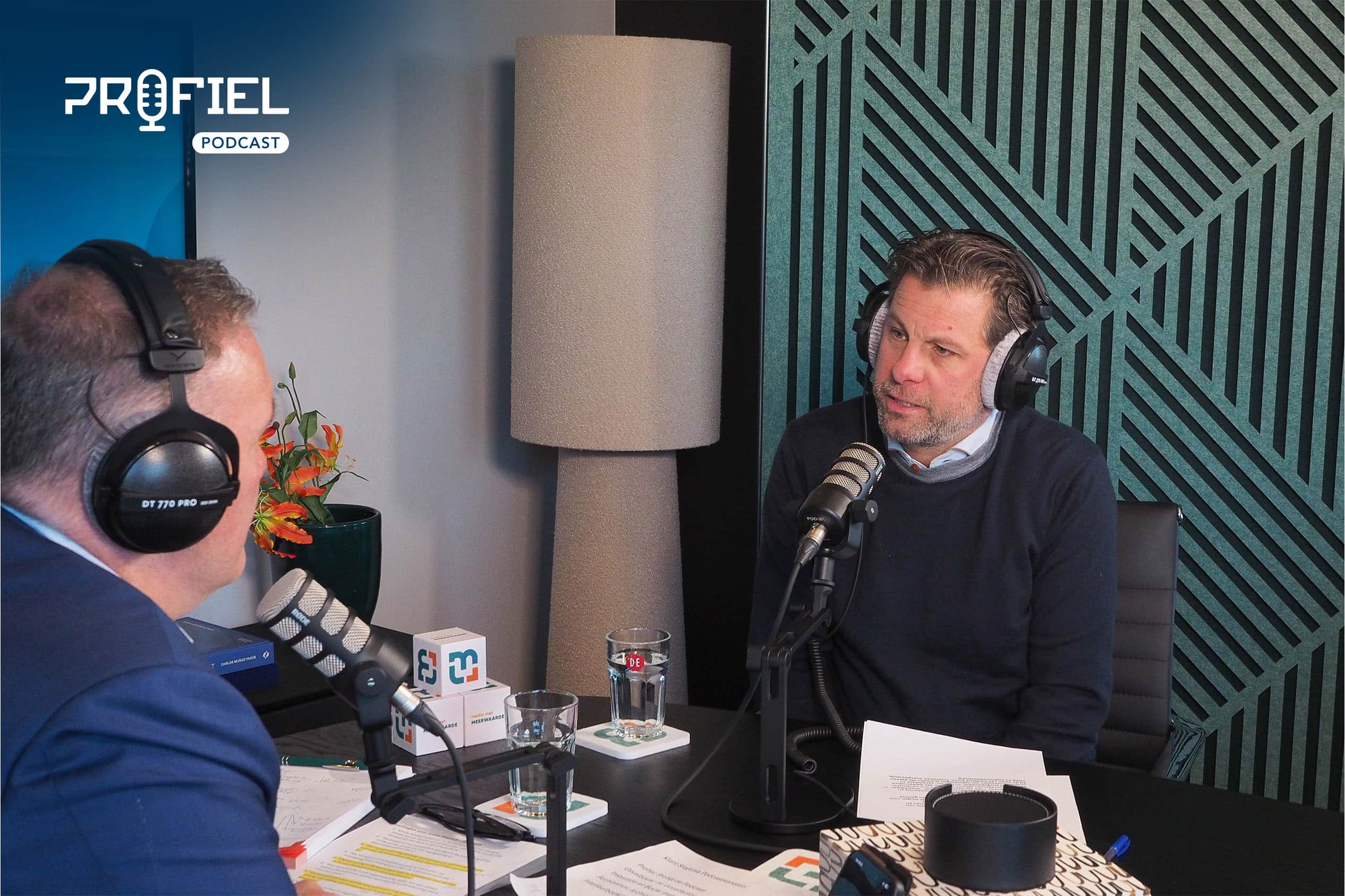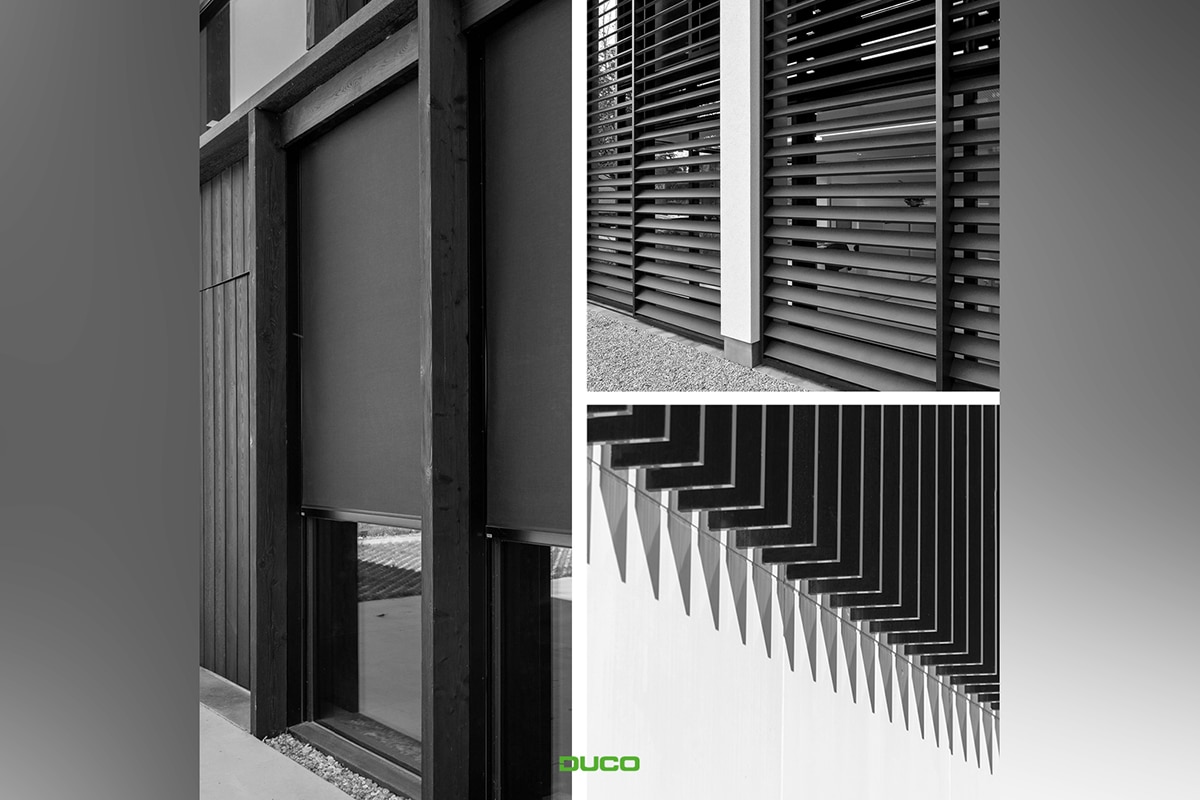
Financial support National Growth Fund for Circular Facade Economy
The National Growth Fund is allocating 100 million to the Future-proof Living Environment program, of which 2.8 million is earmarked for the Circular Facade Economy. The industry associations represented in the Circular Facade Economy have been making the case for years that a window, door, frame or curtain wall can return to the facade of a building in the next cycle. With this investment, the plans for a Circular Facade Economy can be rolled out.
The Circular Facade Economy is an initiative of five trade associations in the facade construction industry: the Metal Window and Facade Industry Association (VMRG), the Plastic Facade Elements Industry Association (VKG), Dutch Trade Association for the Carpentry Industry (NBvT), Bouwend Nederland Vakgroep Glas and Algemene Branchevereniging Hang- en Sluitwerk (VHS). Trade associations and knowledge partners are investing the same amount in addition to this 2.8 million, doubling the total commitment to 5.6 million for the next 5 years. This, by the way, still apart from facade companies and partners working together in other parts of the program to achieve needed innovations.
Monique Fledderman, president and coordinator Circular Facade Economy: "The industry organizations are pleased and excited to get started together. Through the joint preparation together with the Ministries of the Interior and Kingdom Relations and IenW, we can make a flying start. The 'Agreement Circular Facade Economy' is already ready to be signed. And then we can proceed directly with starting the planned activities. Because we are part of a larger whole under the direction of TKI Bouw en Techniek with more than 130 partners and in close cooperation with the Ministries of the Interior and Kingdom Relations and the Ministry of Infrastructure and the Environment, I expect that we will be able to make bigger steps. Think of being able to better mobilize needed knowledge, digitalization, standardization, pilots, government involvement or other things needed to achieve our goals."
With a Circular Facade Economy, the industry associations envision the following: Develop, use and reuse building facades without unnecessarily depleting natural resources, polluting the living environment and affecting ecosystems. Building should be done in a way that is economically and environmentally responsible and contributes to the well-being of people and animals. With a production of approximately 6.8 million m2 facade per year, this industry can make a significant contribution to a circular economy and reduction of CO2 emissions.
The plan of action for the Circular Facade Economy consists of three phases: preliminary research & inventories, preparation for setting up collective return system(s) and maintenance. The trade associations naturally involve their member companies in this process.
The National Growth Fund allocates 100 million to the Future Resilient Living Environment program. Of this amount, 40 million is conditional, depending on the results of the program. The facade, and therefore the Circular Facade Economy, is part of the Future Resilient Living Environment program.
The National Growth Fund is an initiative of the Ministries of Economic Affairs and Climate and Finance. The fund is designed to make public investments that contribute to the sustainable earning capacity of the Netherlands.




